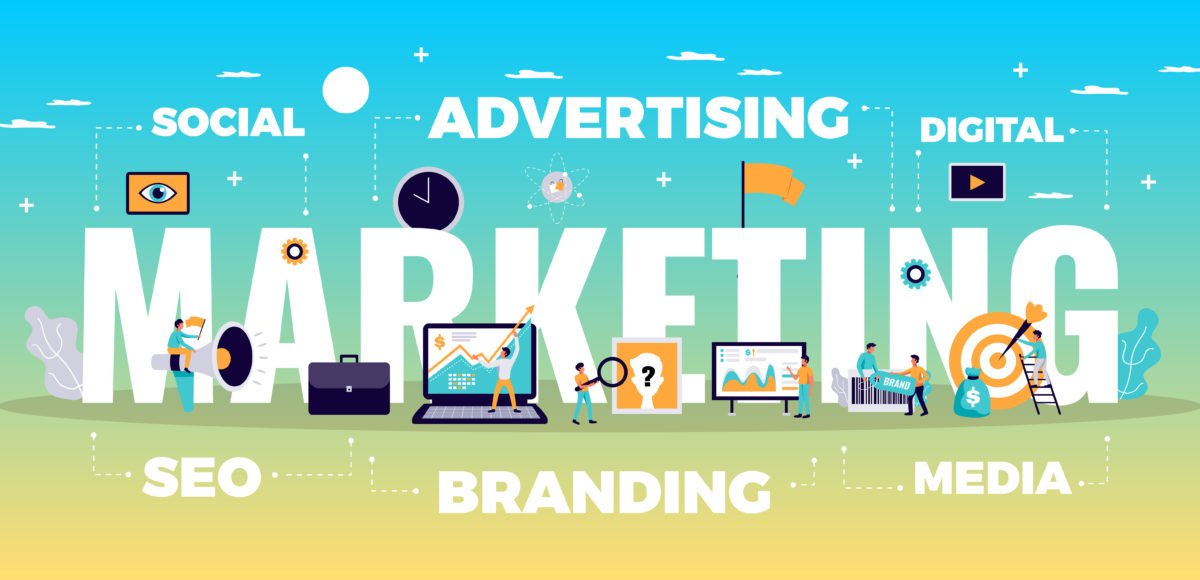In the ever-evolving world of business, marketing remains a cornerstone for growth. However, the debate between traditional marketing and digital marketing continues to shape strategies for businesses of all sizes. Both approaches have their unique strengths and limitations, and understanding their differences can help businesses make informed decisions.
What is Traditional Marketing?
Traditional marketing refers to any form of marketing that isn’t online. It includes channels such as:
- Television and Radio Advertising: Broadcasting ads during peak hours to reach a broad audience.
- Print Media: Magazines, newspapers, and brochures for targeted promotions.
- Billboards and Signage: Outdoor advertising in high-traffic areas.
- Direct Mail: Flyers, catalogs, and postcards delivered directly to homes.
Traditional marketing is rooted in physical and tangible forms of outreach, often focusing on brand recall and long-term visibility.
What is Digital Marketing?
Digital marketing leverages the power of the internet to connect with audiences. Key digital marketing techniques include:
- Social Media Marketing: Platforms like Facebook, Instagram, and LinkedIn for direct audience engagement.
- Search Engine Optimization (SEO): Enhancing website visibility on search engines.
- Email Marketing: Personalized campaigns delivered to inboxes.
- Pay-Per-Click (PPC): Paid advertising on search engines and social platforms.
Digital marketing thrives on data, enabling marketers to track campaign performance in real-time and make data-driven decisions.
Key Differences Between Traditional and Digital Marketing
| Aspect | Traditional Marketing | Digital Marketing |
|---|---|---|
| Reach | Local and regional focus | Global reach |
| Cost | Often expensive | More cost-effective |
| Tracking | Limited metrics | Real-time analytics |
| Engagement | One-way communication | Two-way interaction |
| Flexibility | Fixed campaigns | Highly adaptable campaigns |
Benefits of Traditional Marketing
- Builds strong brand recognition.
- Tangible materials can leave a lasting impression.
- Effective for targeting local markets.
Benefits of Digital Marketing
- Provides measurable results.
- Cost-effective for small businesses.
- Offers precise targeting through tools like Google Ads and Facebook Ads.
Which One Should You Choose?
The choice between traditional and digital marketing depends on your business goals, target audience, and budget. For example:
- Traditional Marketing: Best for local businesses, older demographics, and long-term brand campaigns.
- Digital Marketing: Ideal for global reach, younger audiences, and highly targeted campaigns.
The Hybrid Approach
In today’s landscape, a hybrid approach often delivers the best results. Combining the reliability of traditional marketing with the agility of digital marketing allows businesses to maximize their reach and efficiency.
Final Thoughts
Both traditional and digital marketing have their place in modern business strategies. By understanding their differences and leveraging their unique strengths, businesses can craft a balanced marketing strategy that fuels sustainable growth.




